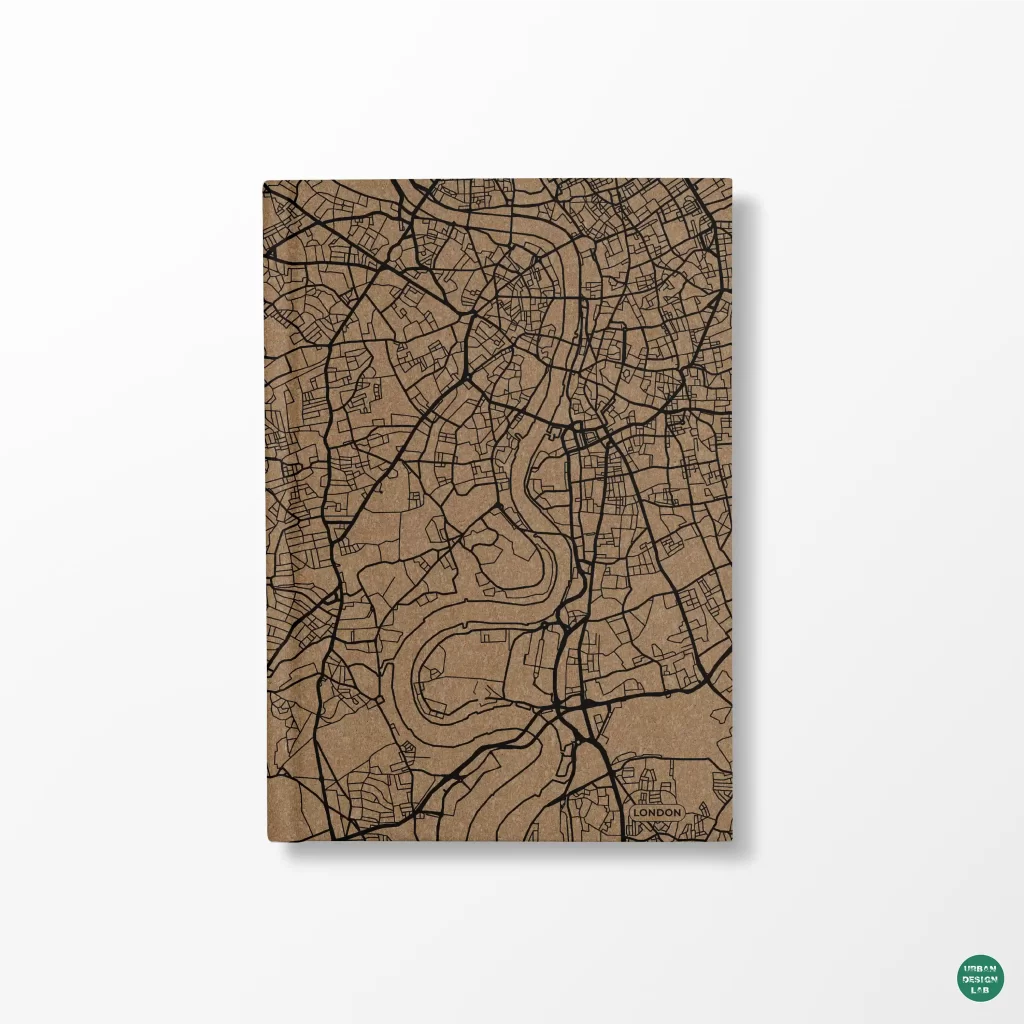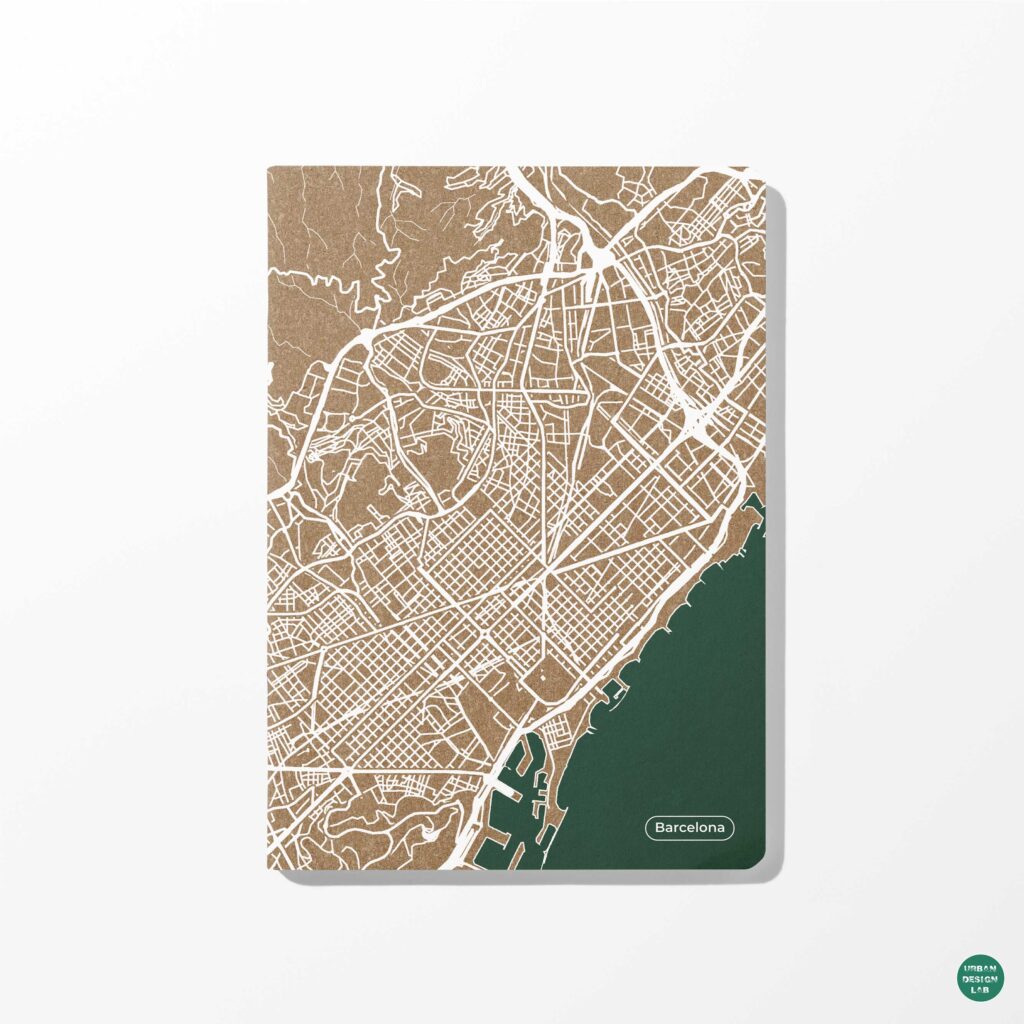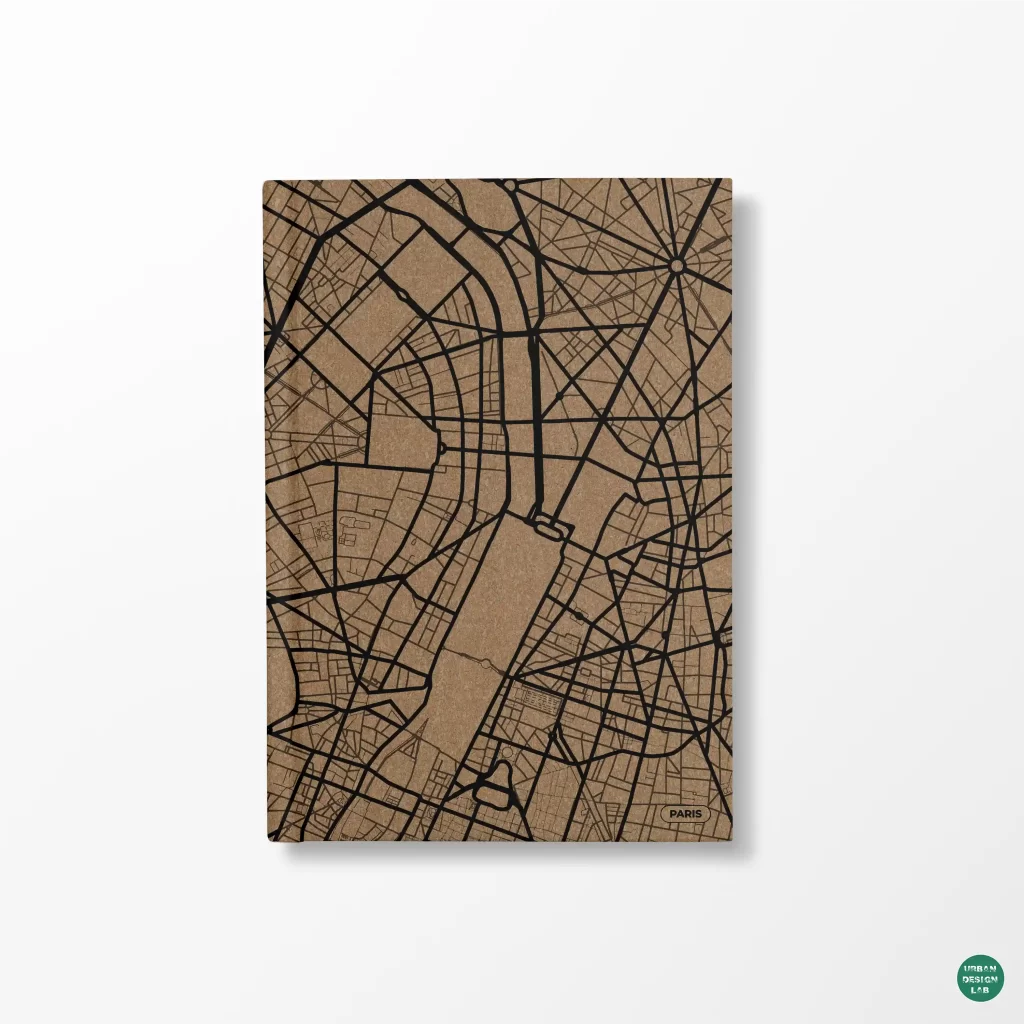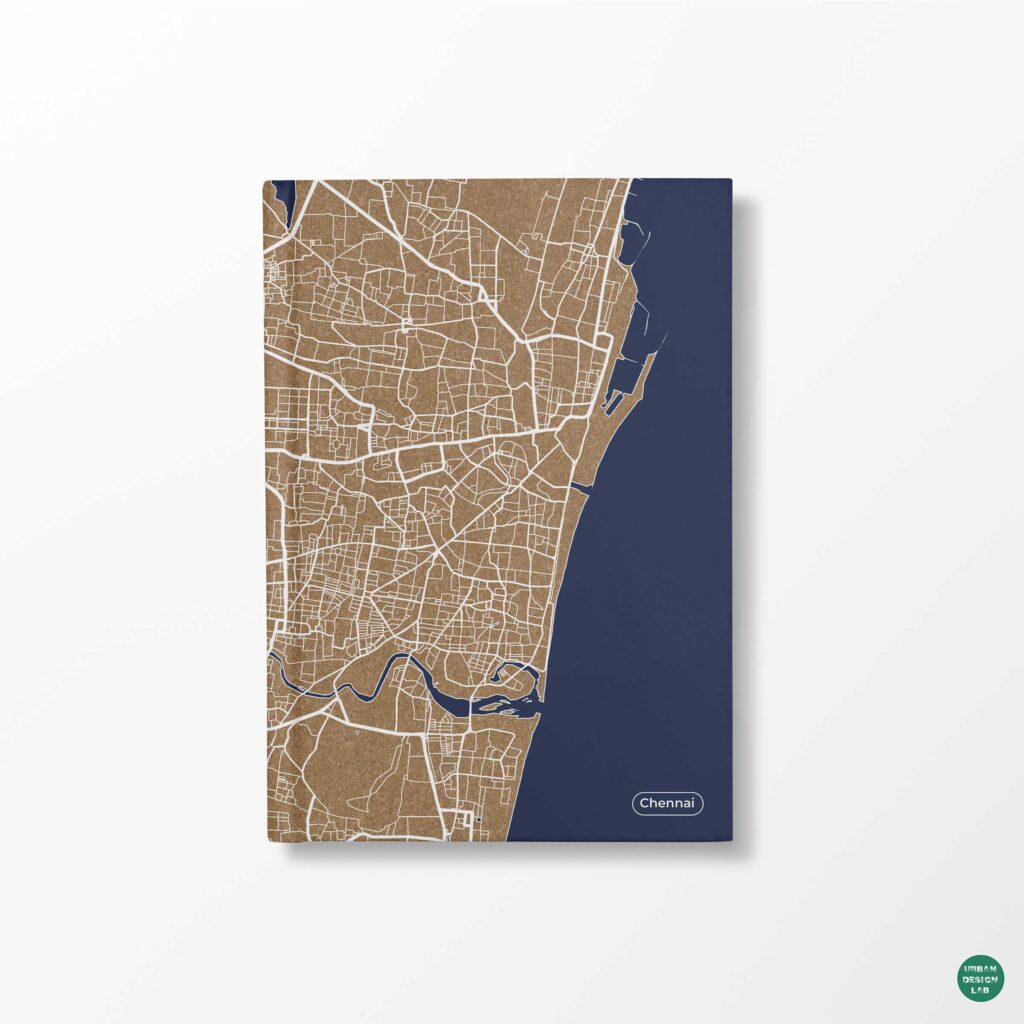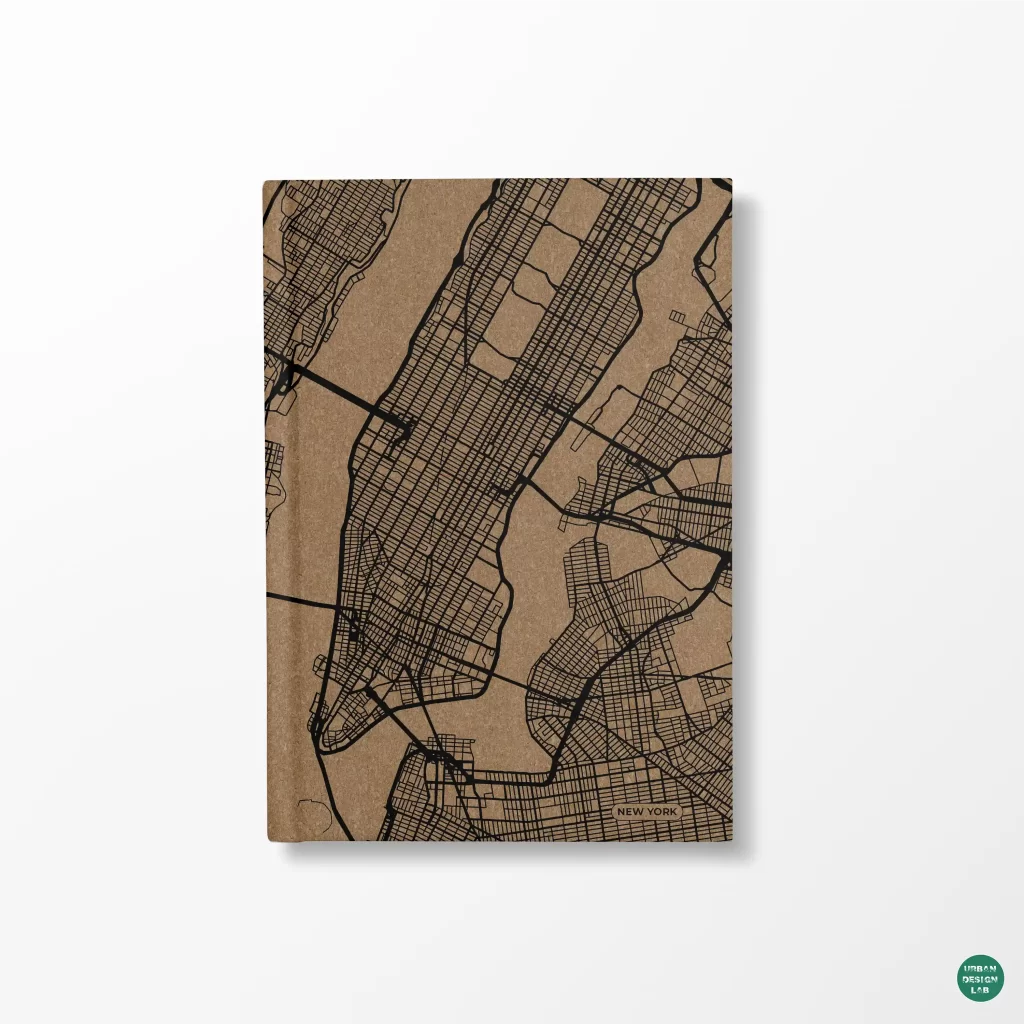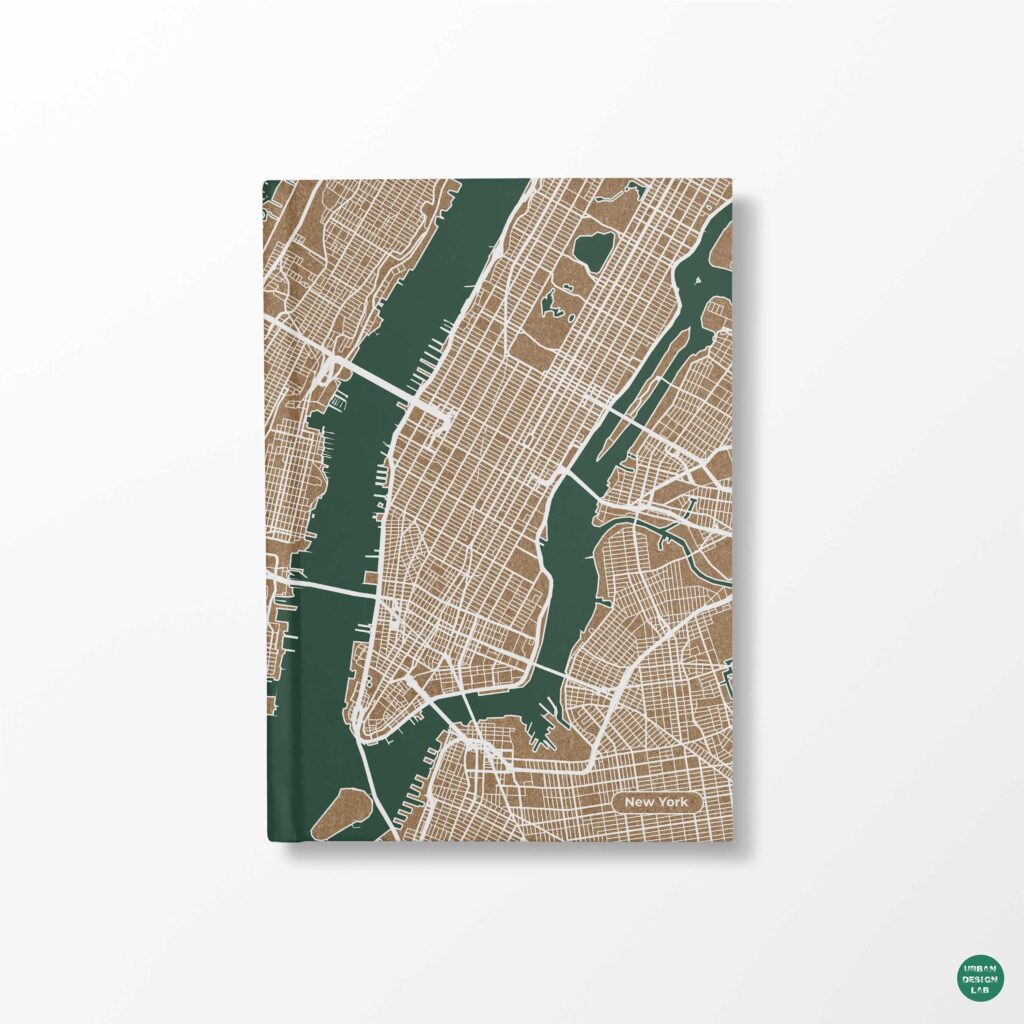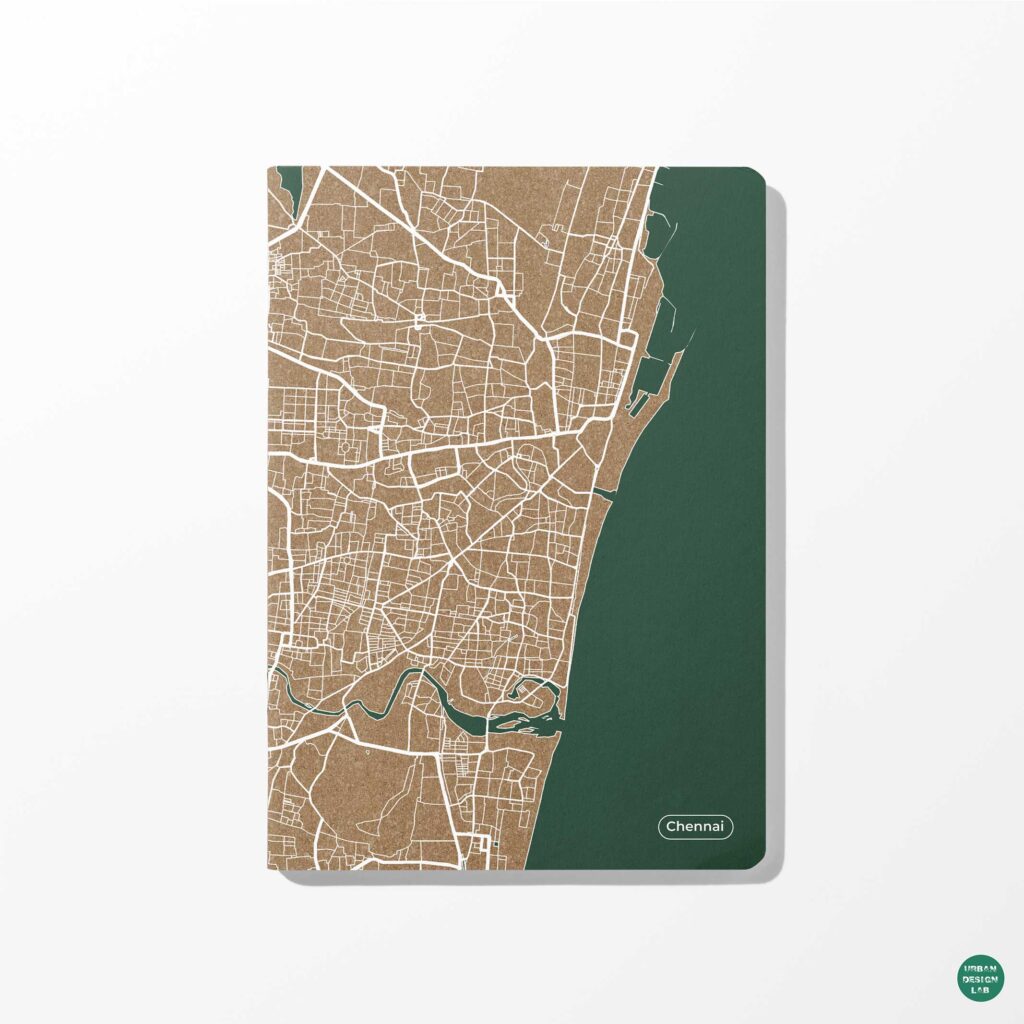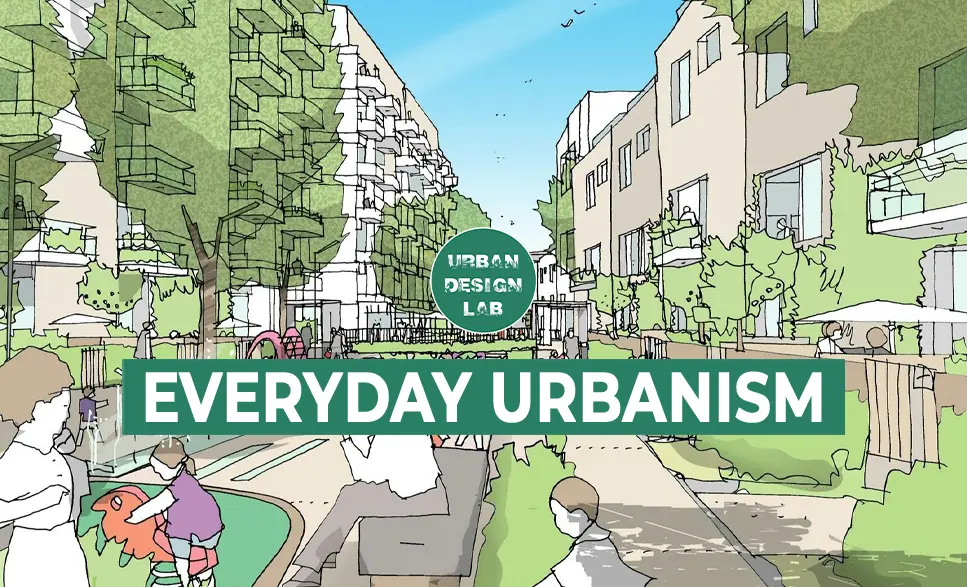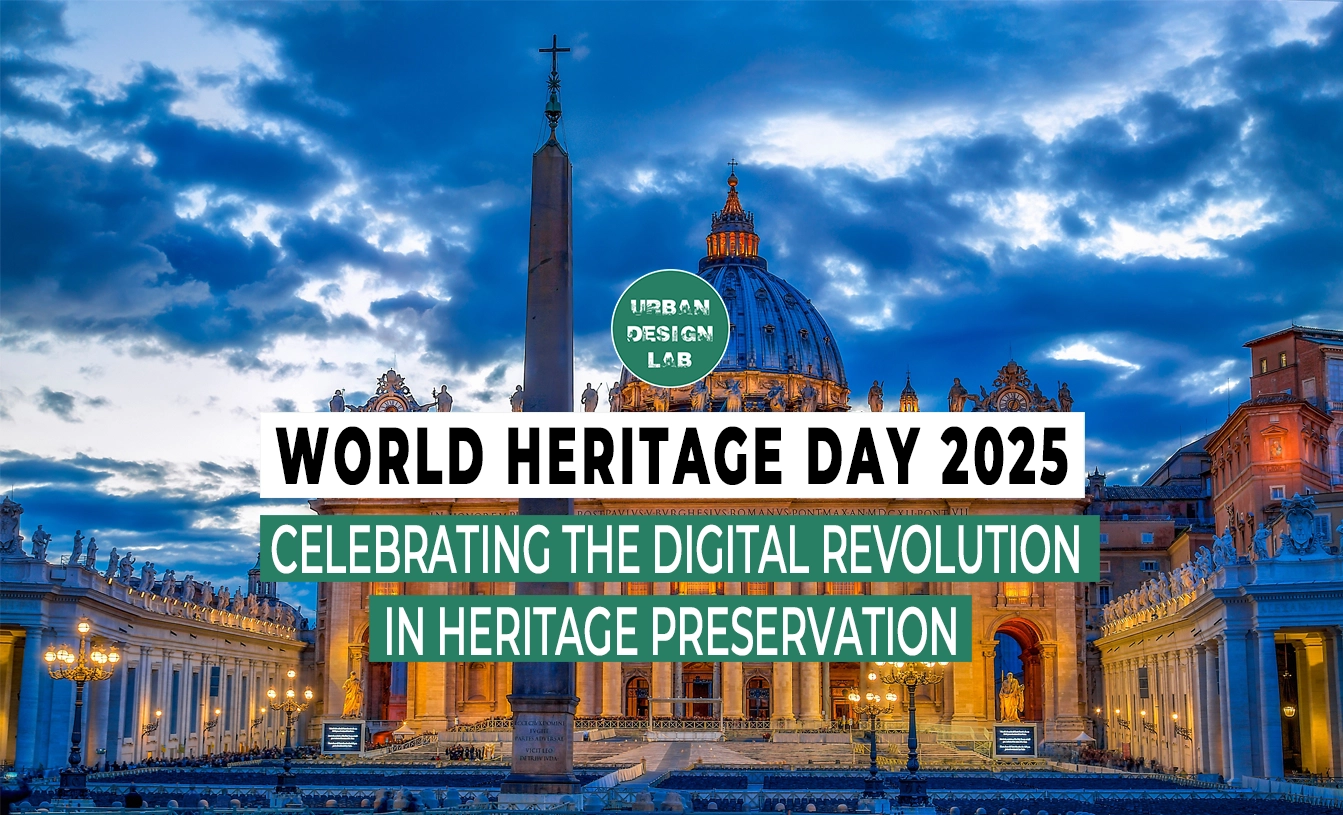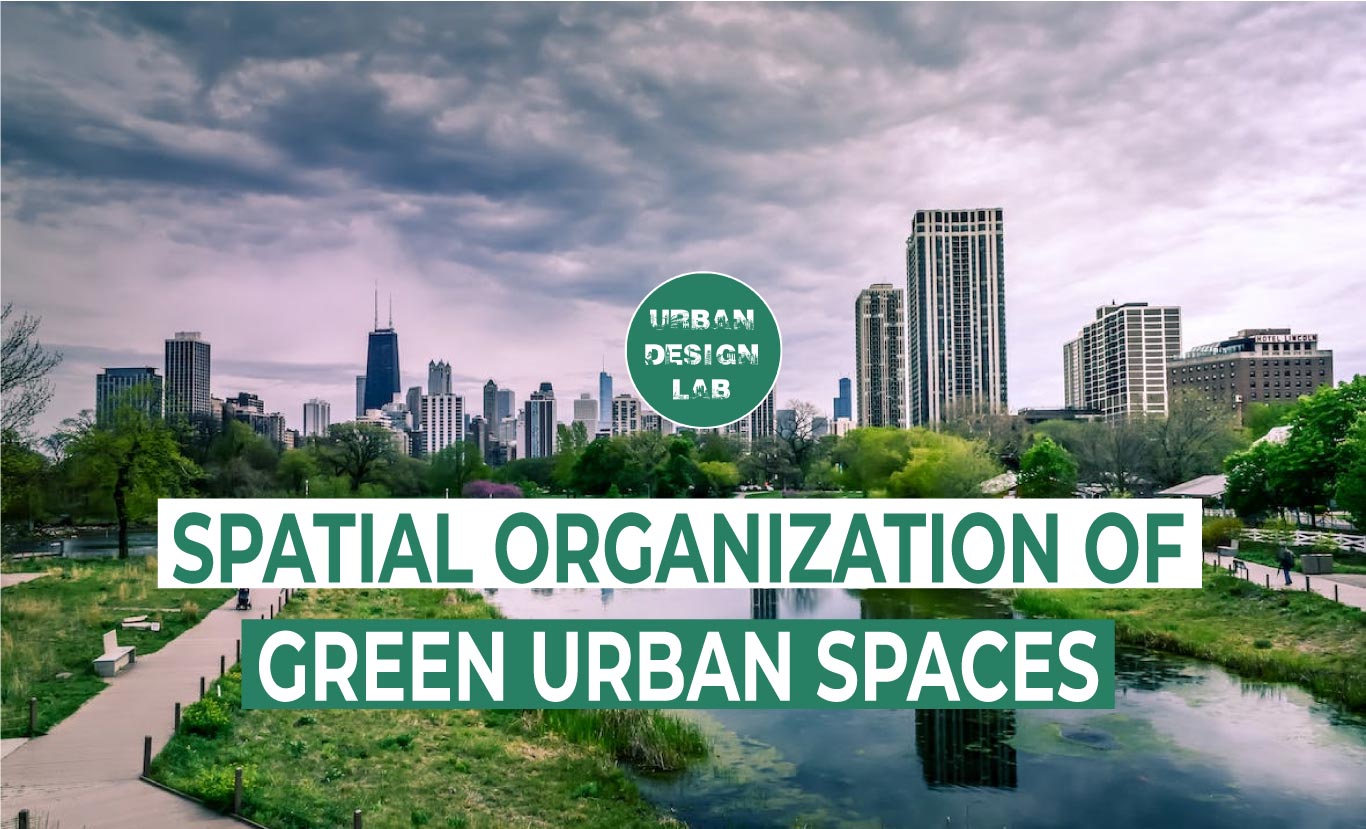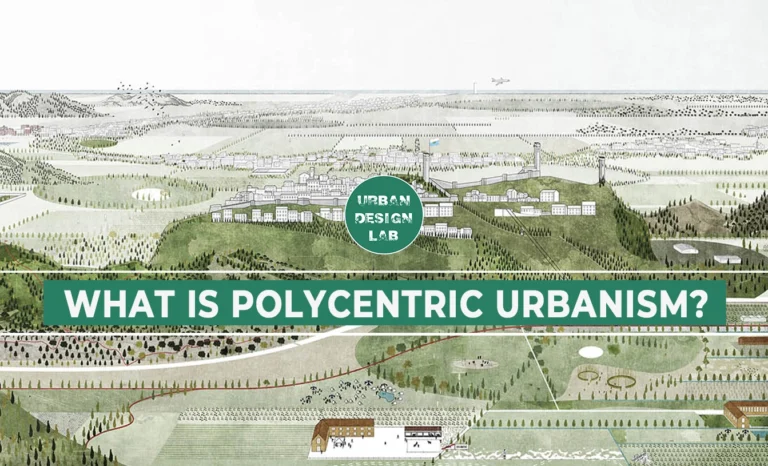
Architecture in Egypt: From Ancient Marvels to Modern Masterpieces- Kenzy Afify
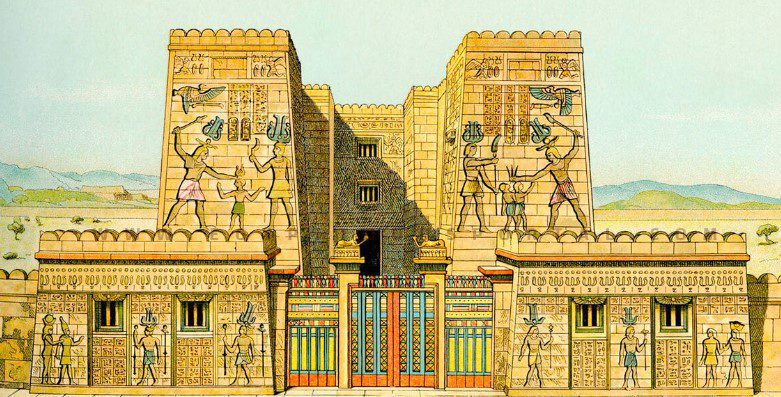
Egyptian architecture has always reflected the nation’s beliefs and culture. Ancient Egyptian Architecture is renowned for its monumental structures, such as the pyramids and the temples. This period emphasized massive stone blocks, symmetrical layouts, and alignment with celestial bodies. These designs symbolize the society’s beliefs in the afterlife and showcase advanced engineering and art. The second era experienced Greco-Roman influence, beginning with Alexander the Great’s conquest. This period saw the blending of Hellenistic styles with Egyptian traditions. Alexandria’s urban planning featured grid layouts and classical elements like columns. Temples from this era showcased a mix of Greek architectural forms and local religious practices, enriching Egypt’s cultural heritage. Then, Islamic architecture emerged in the 7th century and introduced grand mosques, geometric designs, and the iwan structure. Significant buildings, such as the Mosque of Ibn Tulun, reflected community welfare and spiritual beauty while being influenced by Mamluk and Ottoman styles. Finally, modern Egyptian architecture emerged in the late 19th century, embracing diverse styles, including Art Deco and modernism. Architects like Hassan Fathy emphasized sustainability and local traditions, creating a unique blend of contemporary design with heritage.
Ancient Egyptian Architecture
Ancient Egyptian architecture is renowned for its monumental structures, reflecting the civilization’s religious beliefs and social hierarchy. The most iconic structures are the pyramids, particularly the Great Pyramid of Giza, built as tombs for pharaohs. These structures symbolize the Egyptians’ beliefs in the afterlife, demonstrating their advanced engineering skills and understanding of geometry. Temples, such as those at Karnak and Luxor were centers of worship and were adorned with sophisticated hieroglyphics and massive sculptures of gods and pharaohs. The architectural style was characterized by massive stone blocks and symmetrical layouts. Mortuary temples were often constructed close to pyramids, providing spaces for rituals and honoring the deceased. The use of columns, particularly the lotus and papyrus styles, became a hallmark of Egyptian design. Additionally, the alignment of structures with celestial bodies indicates the Egyptians’ sophisticated astronomical knowledge. Overall, ancient Egyptian architecture reflects the civilization’s power at that time.

Greco-Roman Influence
The Greco-Roman period in Egypt, beginning with Alexander the Great’s conquest in 332 BCE, introduced significant architectural changes that blended Hellenistic styles with Egyptian traditions. The establishment of Alexandria as a major urban center showcased Greek urban planning, characterized by grid layouts, public squares, and monumental buildings. This era saw the introduction of classical elements like columns, porticos, and pediments, often embellished with Egyptian motifs. Temples during this period, such as the Serapeum, combined Greek architectural forms with local religious practices, creating a unique cultural fusion. The use of marble and decorative sculptures became prominent, reflecting the influence of Greek aesthetics. Additionally, Roman architecture brought innovations such as the arch and the dome, which were utilized in public buildings, aqueducts, and baths. The Greco-Roman era also fostered advancements in engineering, evident in the construction of large amphitheaters and public spaces. The blending of cultures during this time is exemplified by the coexistence of Greek and Egyptian gods in religious practices. This architectural paradigm significantly influenced subsequent developments in Egypt, contributing to a rich tapestry of cultural and architectural heritage.
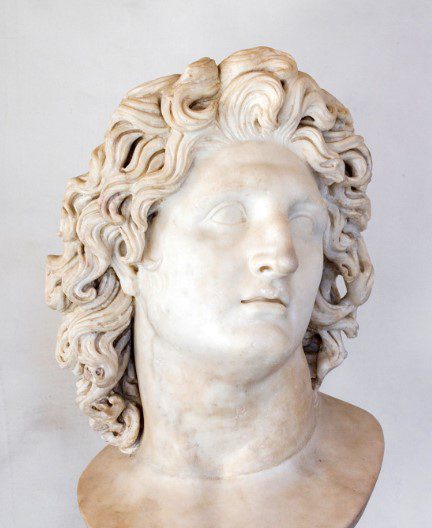
Source: Website Link
Islamic architecture
Islamic architecture in Egypt flourished from the 7th century onward, showcasing the tapestry of cultural influences and religious practices that have shaped the nation. This style is renowned for its grand mosques, decorative arts, and innovative urban planning. Notable structures such as the Mosque of Ibn Tulun and Al-Azhar Mosque exemplify this sophistication with their large domes, minarets, and courtyards. These elements highlight the architectural power of the era and create inviting spaces for worshippers. These buildings often feature geometric patterns, flowing calligraphy, and elaborate arabesques, all celebrating spirituality and beauty. The courtyards of mosques serve as vital communal areas, fostering a sense of togetherness among worshippers, while fountains within these spaces symbolize purification. The architecture also introduced the iwan—a vaulted room open on one side—widely seen in madrasas and palaces, adding to the aesthetic and functional diversity of the structures. Beyond religious edifices, this period witnessed the construction of hospitals and schools, underscoring the Islamic commitment to community welfare. The influence of Mamluk and Ottoman architectural styles enriched the landscape, resulting in a compelling fusion of forms.
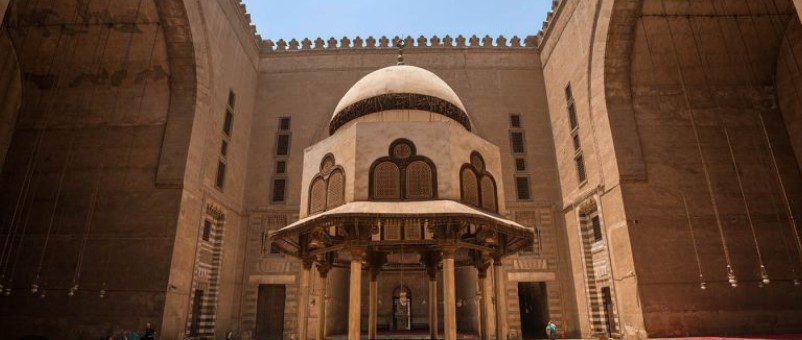
Modern Egyptian Architecture
Modern Egyptian architecture began to take shape in the late 19th and early 20th centuries, profoundly influenced by colonialism, globalization, and the quest for national identity. This dynamic period saw the emergence of a wide array of architectural styles, from Art Deco to international modernism, which significantly transformed the urban landscapes of cities like Cairo and Alexandria. It represented a shift away from traditional designs, embracing new materials, technologies, and aesthetic principles.Prominent architects, notably Hassan Fathy, made a return to vernacular architecture, focusing on sustainability and the incorporation of local traditions. Fathy’s iconic New Gourna Project exemplified how contemporary needs could be addressed through traditional methods and materials, promoting a harmonious relationship with the environment. Hassan Fathy’s Approach remains today’s most forward-thinking approach in architecture. The architecture of this period often featured large glass facades, expansive open spaces, and pragmatic designs, reflecting the influence of Western architecture while honoring Egypt’s rich heritage. The public buildings, cultural institutions, and residential complexes from this era are distinguished by their innovative spatial arrangements and material uses. This architectural movement sought to forge a national identity in the wake of independence, striking a balance between modernity and respect for Egypt’s architectural legacy.
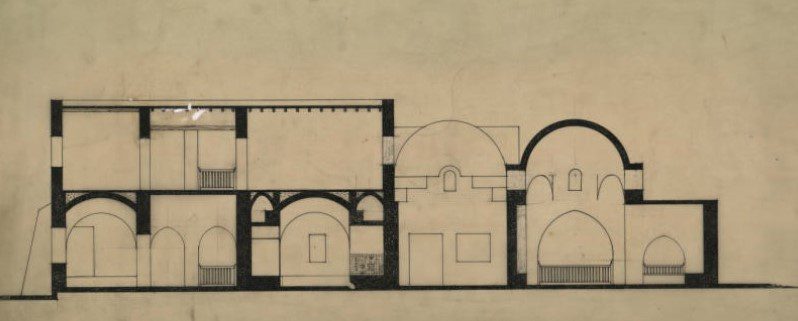
Post-Colonial Architecture
Post-colonial architecture in Egypt reflects the nation’s quest for identity and autonomy following independence from colonial rule in the mid-20th century. This era saw a revival of traditional architectural forms, blending them with modern techniques to create structures that resonate with national pride. Architects sought to establish a distinct Egyptian architectural language, moving away from colonial influences and embracing local culture. Key projects from this period often featured monuments, public buildings, and housing developments that highlighted Egyptian history and identity. The incorporation of Islamic and Pharaonic motifs into modern designs became a hallmark of post-colonial architecture, symbolizing the fusion of past and present. Urban planning initiatives aimed to create functional, accessible spaces while preserving cultural heritage.Notable architects, including Hassan Fathy, played a significant role in this movement, advocating for designs that were not only aesthetically pleasing but also socially and environmentally responsible. This era’s focus on cultural expression and sustainability continues to influence contemporary Egyptian architecture, as the nation strives to balance modernization with its rich historical context, fostering a sense of belonging and continuity in an ever-changing world.
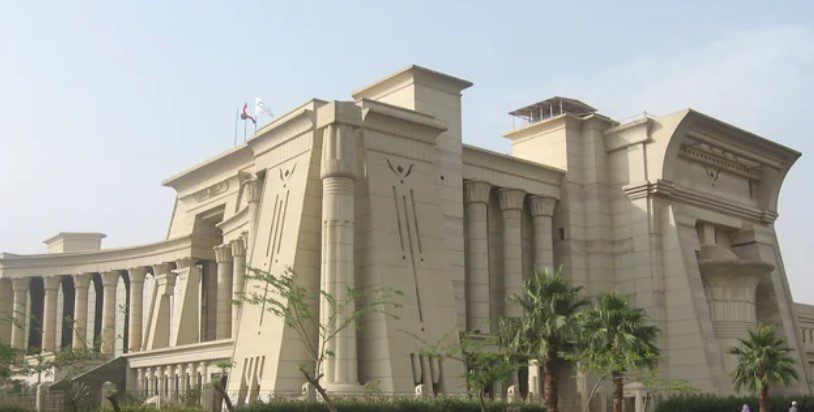
In conclusion, the architectural evolution in Egypt illustrates a remarkable journey through time, marked by the interplay of diverse cultural influences and technological advancements. From the monumental and spiritually significant structures of ancient Egypt to the fusion of Hellenistic and Egyptian styles during the Greco-Roman period, each era contributed uniquely to the architectural tapestry. The rise of Islamic architecture further enhanced the aesthetic landscape, introducing intricate designs and community-focused spaces. Finally, modern Egyptian architecture reflects a dynamic response to globalization and the quest for national identity, merging contemporary techniques with traditional values. Collectively, these architectural periods not only represent the historical progression of Egyptian society but also continue to influence and inspire future generations, ensuring that the rich heritage of Egypt remains a vital and engaging part of the world’s cultural legacy.
- Wikipedia Contributors. “Ancient Egypt.” Wikipedia, Wikimedia Foundation, 12 Nov. 2018, en.wikipedia.org/wiki/Ancient_Egypt.
- Aviso de redireccionamiento. (2024). Google.com. https://www.google.com/url?sa=i&url=https%3A%2F%2Fwww.reddit.com%2Fr%2FArchitecturalRevival%2Fcomments%2Fmcnwoy%2Fegyptian_revival_style_architecture_the_egypt%2F&psig=AOvVaw37JfHDm1h5WrBeVN7FI7gC&ust=1729325012516000&source=images&cd=vfe&opi=89978449&ved=0CBcQjhxqFwoTCICPuu27l4kDFQAAAAAdAAAAABAR
- Earth and Utopia Book
Kenzy Amr Sayed Afify
An architecture and urban design student passionate about historical and architectural styles.
Related articles

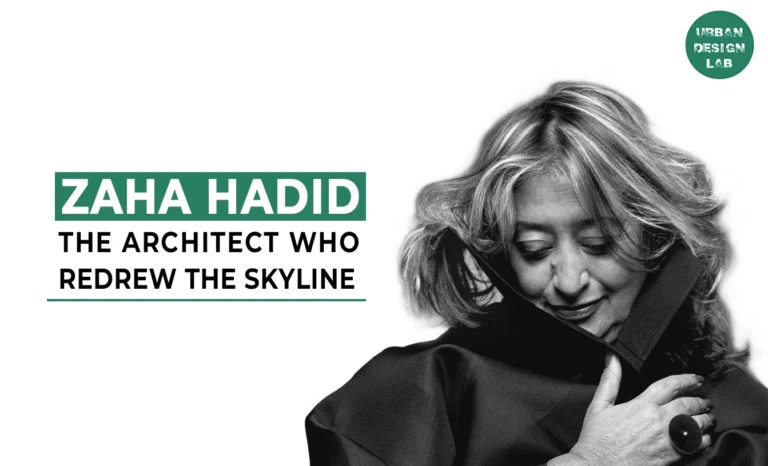
Zaha Hadid: The Architect Who Redrew the Skyline
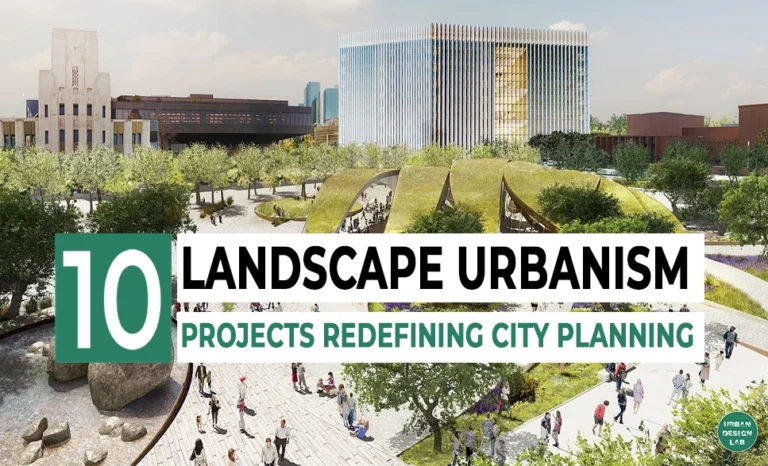

Top 10 Vertical Garden Case Studies Globally
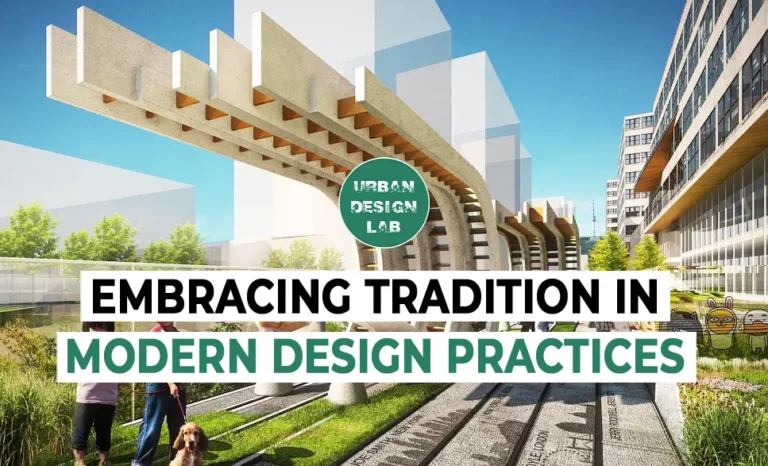
Embracing Tradition in Modern Design Practices
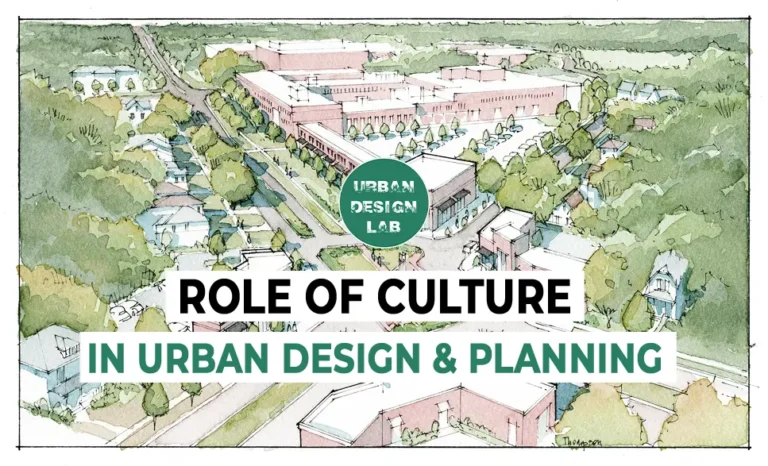
The Role of Culture in Urban Design and Planning
5-Days UDL GIS
Masterclass
GIS Made Easy – Learn to Map, Analyse, and Transform Urban Futures
Session Dates
14th-18th July 2025

Free E-Book
From thesis to Portfolio
A Guide to Convert Academic Work into a Professional Portfolio”
Recent Posts
- Article Posted:
- Article Posted:
- Article Posted:
- Article Posted:
- Article Posted:
- Article Posted:
- Article Posted:
- Article Posted:
- Article Posted:
- Article Posted:
- Article Posted:
- Article Posted:
Sign up for our Newsletter
“Let’s explore the new avenues of Urban environment together “








